10 Rarest Astronomical Events: Since the dawn of time, when people started looking up at the night sky for the first time, people have been fascinated by the mystery that is space.
The motion of planets, the birth of stars, and the arrival of comets are just a few instances of things that have perplexed humans for endless years.
These things have served as inspiration for art, literature, and science, as well as for religious and superstitious practices and spiritual practices.
When it comes to exceptionally rare astronomical events, it is the particular and almost sacred aspect of those occurrences that draws our attention to the heavens; thus, let’s take a look at the Cosmos.
10 Rarest Astronomical Events 2024
1. The Blue Moon
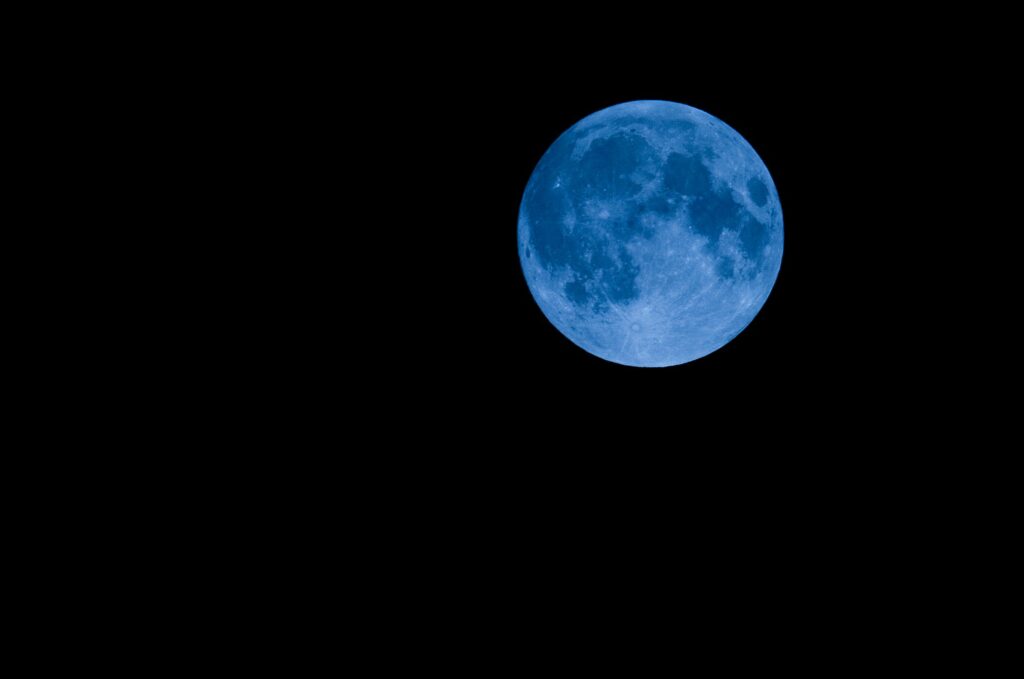
- First Noticed: Not known
- Who Discovered It: Philip Hiscock in Sky and Telescope (Naming it a Blue Moon)
- Last Occurrence: 2018
The most recent Blue Moon was on March 31st, 2018, and the next one is expected to be sometime in the spring of 2019.
It is the second full moon in a calendar month, with a gap of 29 days between the two full moons. It is said to occur once every two years.
When coloring particles are present in our atmosphere, the Moon may have the appearance of being blue, despite the fact that it is not blue in reality.
Other irregularities, such as the one that occurred in 1883 when the Krakatoa volcano erupted and sent ash into the atmosphere, are also capable of making the Moon appear blue.
When the Moon is in a position in its orbit that brings it closer to the Earth than usual, this phenomenon is known as a Super Blue Moon, and when the Moon is in the shadow of the Earth, this phenomenon is known as a Blood Moon because it takes on a reddish hue.
We’ve all heard the expression “Once in a Blue Moon,” which refers to an extended period of time between occurrences. However, waiting for that rare occasion when the full Moon visits us twice in one month for the first time in two years isn’t too lengthy of a wait.
2. The Suicidal Comet
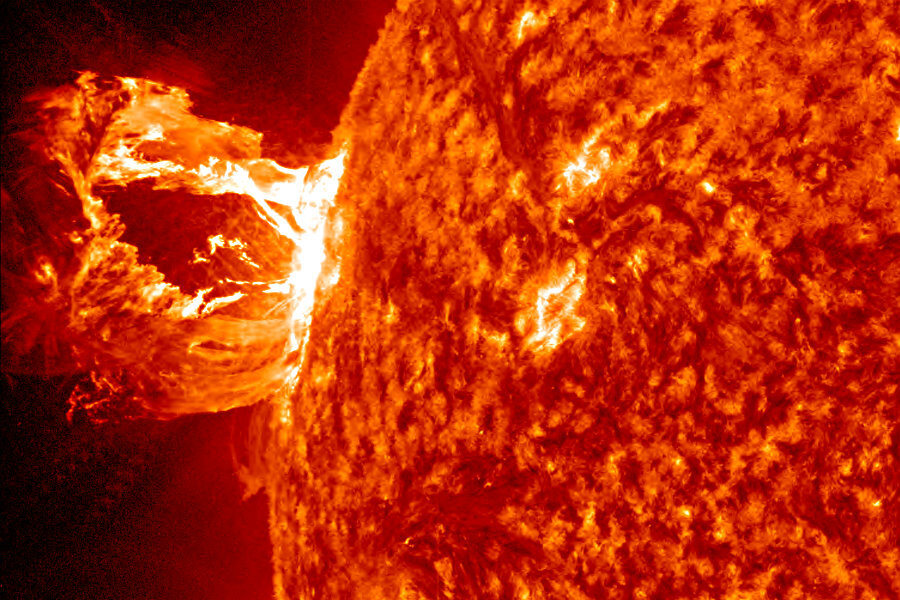
- First Noticed: 2013
- Who Discovered It: NASA
- Last Occurrence: 2013
In 2013, the Hubble Space Telescope was able to photograph an extremely uncommon event: a comet that appeared to spontaneously disintegrate.
Comets are fragile objects that can be shattered into fragments when they collide with or move too close to massive entities.
Since they are typically too small and difficult to discover, finding a comet can be challenging. When the asteroid P/2013 R3 was being gradually torn apart by the progressive effects of sunlight, it gave the appearance of the asteroid destroying itself unexpectedly and spontaneously.
This may sound like an overreaction, but the rays of the sun caused this comet to spin erratically as they shone on it, which led to the situation we are in now.
The speed of the revolution gradually picked up until it shattered into around ten enormous pieces that were estimated to weigh approximately 200,000 tonnes each.
These chunks gradually separated from one another as they drifted apart, leaving particles in their wake as they moved.
It’s possible that some of the fragments will evolve into meteors if they don’t get pulled toward the sun.
3. The Total Solar Eclipse
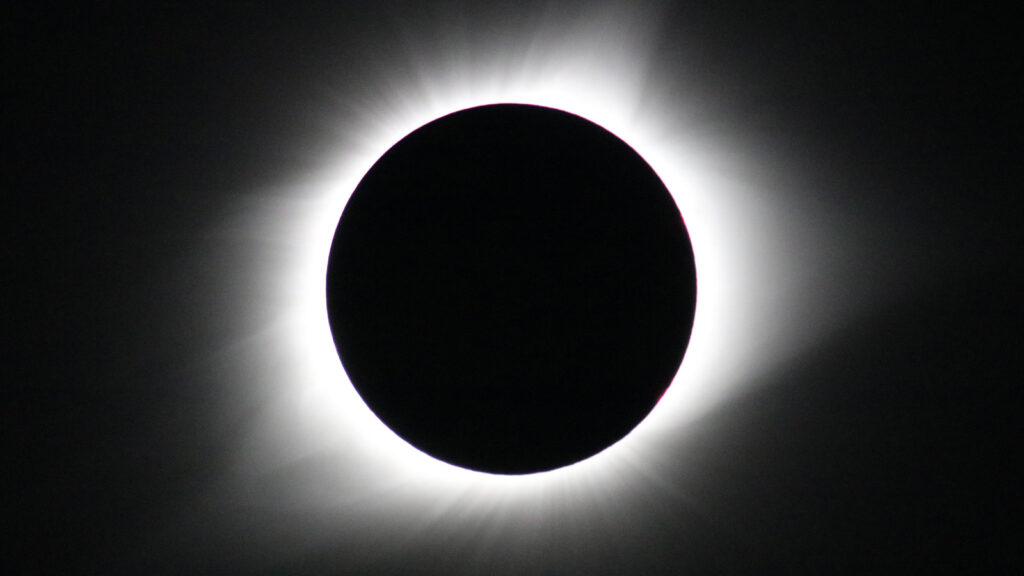
- First Noticed: 2134 B.C.E.
- Who Discovered It: Ancient Chinese Astronomers
- Last Occurrence: 2017
A total solar eclipse occurs when the New Moon moves into a position between the Sun and the Earth, causing the Earth to be immersed in the deepest portion of the Moon’s shadow.
When viewed via specialized lenses, a pitch-black disc can be seen obstructing the view of the Sun. When an annular or partial solar eclipse occurs, the Moon only covers a small portion of the sun’s disc.
When a total eclipse occurs, the entire planet is plunged into darkness for a few minutes, making it appear as though night has returned. This can be disorienting for animals and insects, if not for humans as well.
In spite of the fact that solar eclipses can be witnessed on a fairly regular basis, a total solar eclipse is an extremely uncommon occurrence.
The United States experienced the last one in 2017, and astronomers predict that we won’t see another one until 2045 at the earliest.
The last time it happened in the United States was in 2017. That is, from a particular location, given that a Total Solar Eclipse can be seen from somewhere on Earth once every 18 months, this results in two total eclipses of the Sun occurring once every three years on average.
4. The Great White ThunderStorm
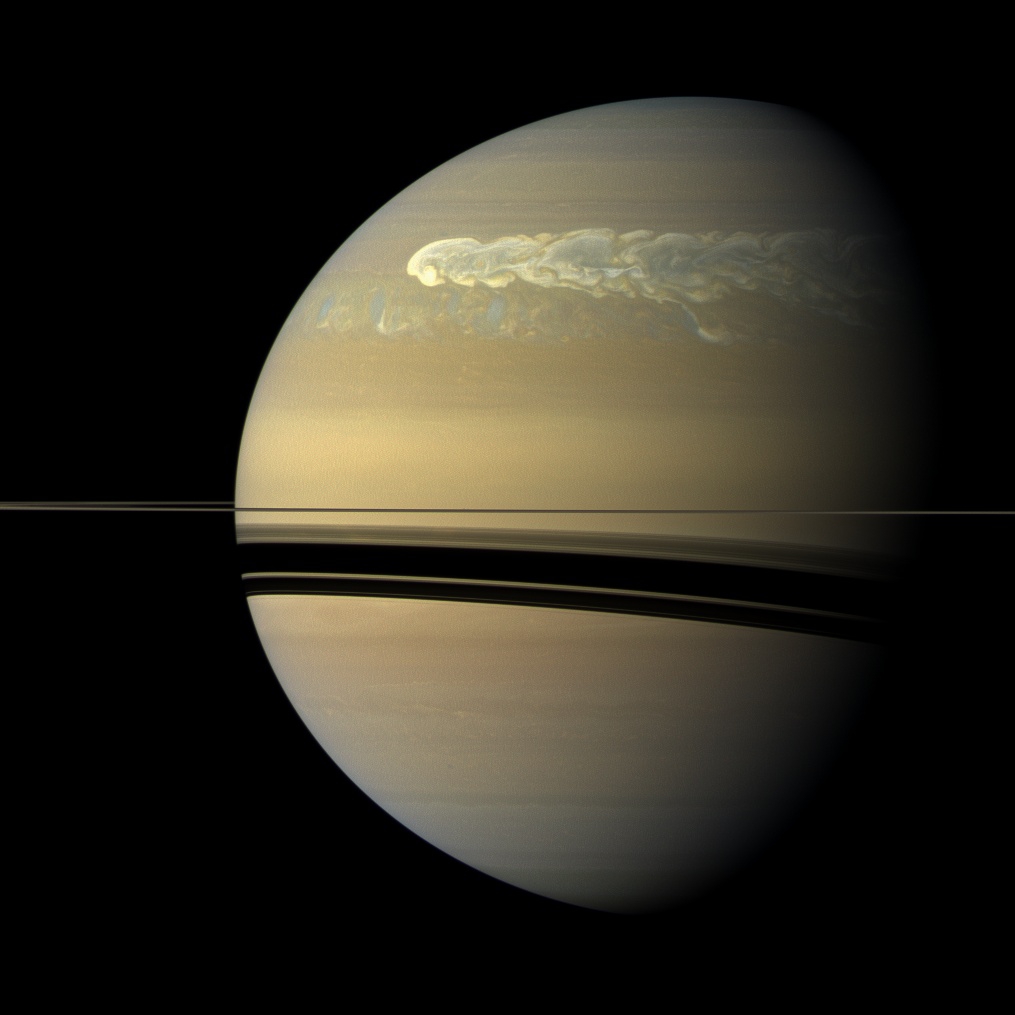
- First Noticed: 1876
- Who Discovered It: Astronomer Asaph Hall
- Last Occurrence: 2010
These storms, which are also known as Great White Spots, take place every 20–30 years on the northern hemisphere of Saturn, at the time of year when Saturn is oriented towards the Sun the maximum.
The enormous storm system is accompanied by strong thunder and lightning and is surrounded by clouds that contain a significant amount of ammonia.
The storm has a diameter equal to one-half that of Earth and produces roughly ten string lightning bolts every second.
These bolts have lengths of 10,000 kilometers and are responsible for evaporating the water content of Saturn’s atmosphere.
As the water condenses, the volume of the thunder and lightning increases. This results in storms that are reported to be 10,000 times more powerful than the storms that we experience here on Earth.
Storms are caused by the weight of water vapor in the atmosphere, which in turn causes the upper atmosphere to cool to such a degree that it takes between 20 and 30 years for the upper atmosphere to get warm enough to produce another storm.
The next one is expected to take place between the years 2030 and 2040, so let’s keep our fingers crossed that we’ll still be around to witness it in person.
5. The Triple Jovian Eclipse on Jupiter
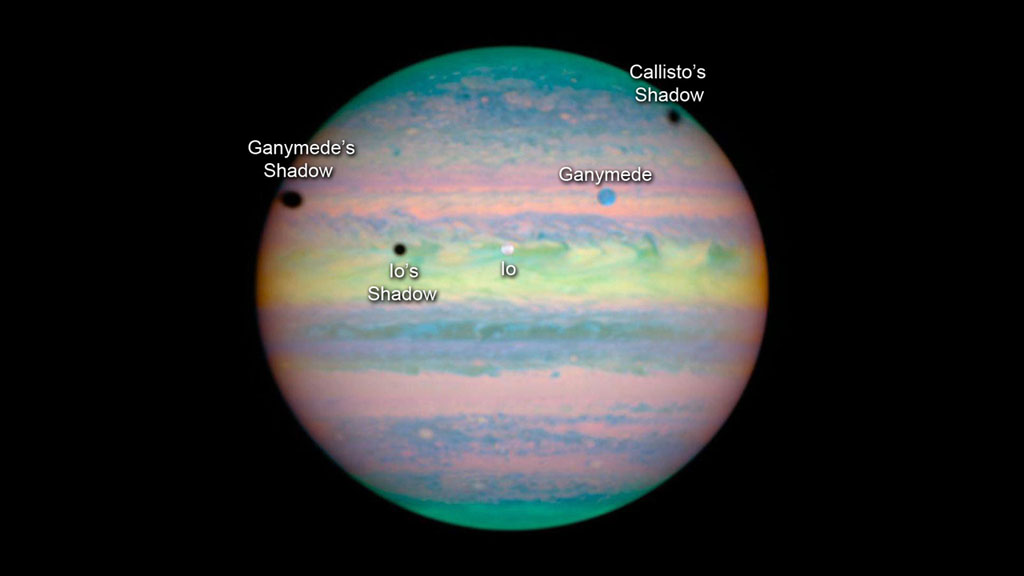
- First Noticed: 1675
- Who Discovered It: Astronomer Ole Rømer
- Last Occurrence: 2015
When Europa, Callista, and Io, three of Jupiter’s Galilean moons, line up in a certain configuration, Jupiter experiences what is known as a Triple Jovian Eclipse.
If it were possible to witness this triple eclipse over the face of the gas giant from the perspective of looking out from the surface of Jupiter, it would be wonderful.
While we marvel at lunar and solar eclipses, this triple eclipse across the face of the gas giant would be awesome.
The predictions of experts predict that we won’t have another opportunity to view it until the year 2032.
Even though Jupiter has a whopping 16 moons, the uncommon alignment of the planet’s three largest moons, which casts shadows on Jupiter’s surface when viewed from our vantage point, is a source of tremendous wonder for people who are interested in space.
This event has been photographed in the past by NASA’s Hubble Space camera; however, it is challenging to take photographs of the entire incident since Jupiter moves so swiftly across the view of the camera.
If technology continues to improve at this rate, we should have a far greater opportunity the next time around to witness it in all of its splendor.
6. The Transit of Venus
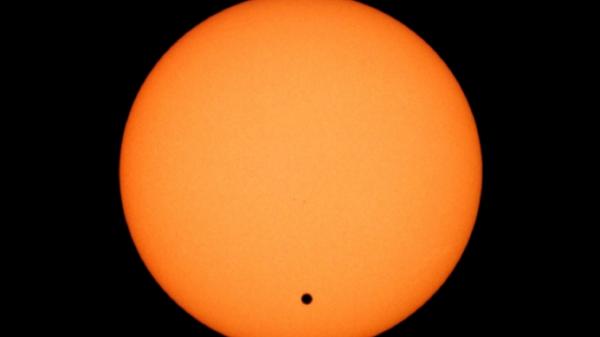
- First Noticed: 1639
- Who Discovered It: Astronomer Jeremiah Horrocks
- Last Occurrence: 2012
The event known as the Transit of Venus occurs when Venus passes in front of the Sun while the Earth is between it and the Sun.
As a result, Venus appears to observers as a dark disc in the shadow of the Sun. This transit happens once every 8 years, however, it takes 110 years to return to the same place as it did during the last time it happened.
The Venus Transition was last documented in the year 2012, and it typically lasts for a few hours. Due to its greater distance from Earth, Venus appears to have a smaller diameter than the Moon, despite the fact that its diameter is three times that of the Moon.
The Venus transit in 1639 was an event that was historically significant for scientific investigations of the extent of the Solar system.
It helped to get proper estimations of the distance between the Sun and the Earth, which – up until that point – had not been so accurate.
When the transit happened in 2012, scientists were able to take advantage of new prospects for research, particularly about the methods required to look for exoplanets, which are planets that exist outside of the Solar System and orbit other stars.
7. A Huge Star Nursery
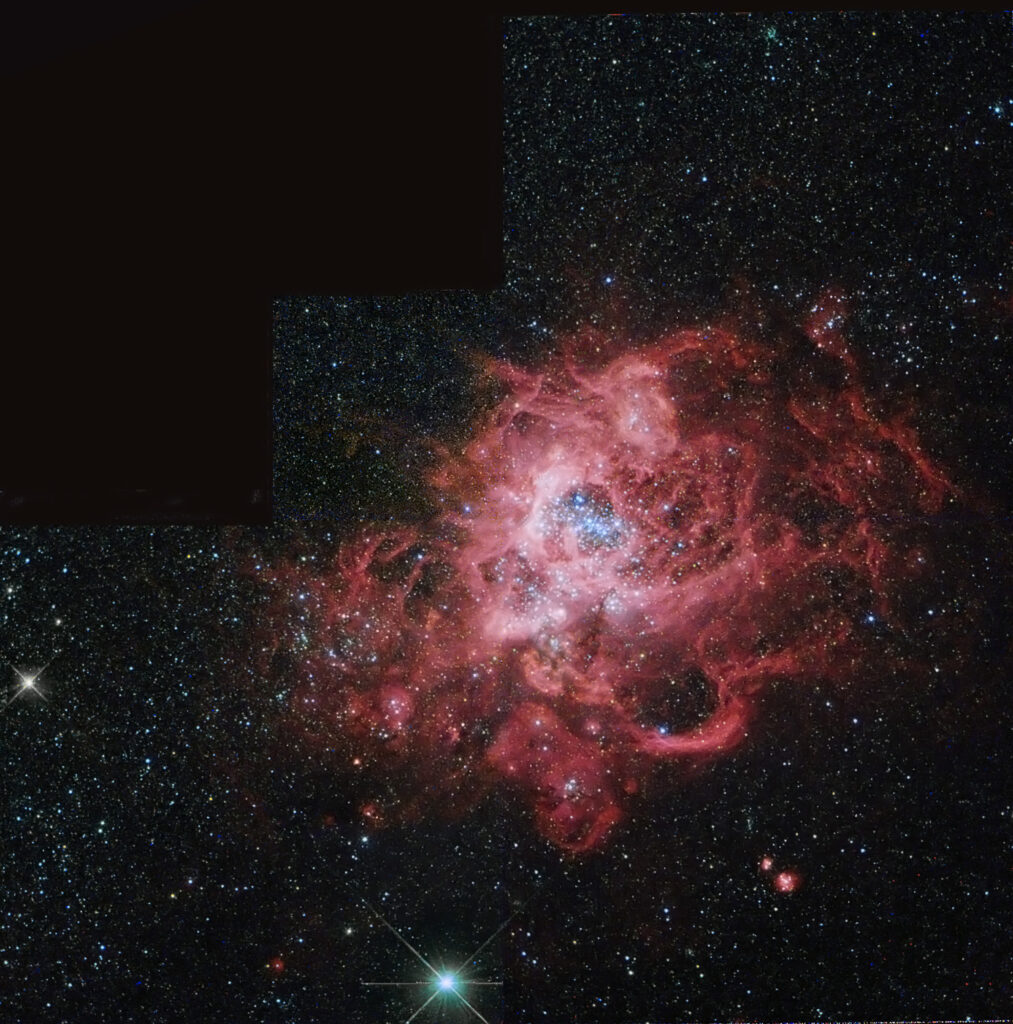
- First Noticed: 2006
- Who Discovered It: NASA
- Last Occurrence: 20066
There are at least 150 locations in the Milky Way that contain globular clusters, each of which contains around one million stars.
These clusters are extremely old and are concealing secrets about how they came to be. In 2006, astronomers made the discovery of a pre-natal cluster that was abundant in gas but contained almost any stars at all.
This uncommon celestial object is located deep within the Antennae galaxies, which are located 50 million light-years from Earth.
Scientists have high hopes that a great number of new stars will be born in this region of the galaxy.
According to these researchers, star formation does not occur in such places for approximately one million years.
The reason why this unusual astronomical occurrence is so fascinating is because it provides us with the opportunity to get insight into the secret workings of the universe.
It is believed that these locations are responsible for the birth of most of these beautiful globular clusters photographed by the Hubble Space Telescope, along with the colliding galaxies that are said to produce them.
In addition, it is believed that these regions are responsible for the birth of the galaxies that are said to produce them.
8. Halley’s Comet, the Rare Visitor
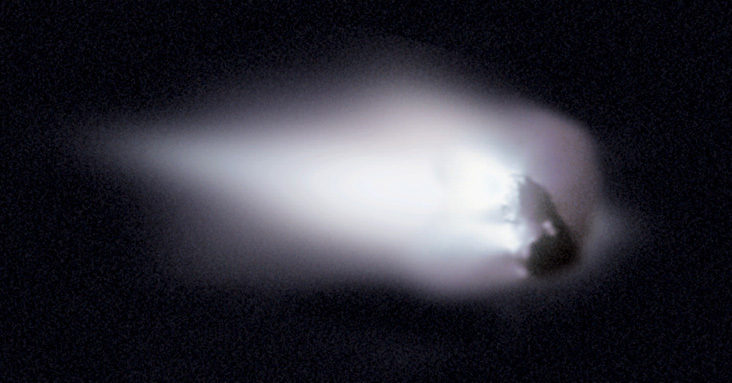
- First Noticed: 240 BC
- Who Discovered It: Astronomer Edmund Halley (officially in 1531)
- Last Occurrence:1986
- Halley’s Comet
A periodic comet that was discovered in 1531 and given its current name in honor of Edmund Halley, Halley’s Comet travels around the Sun once every 75 years and has its own orbit.
The comet travels in an elliptical orbit, and its closest approach to the Sun is 46 million miles apart. This proximity allows the Sun to illuminate the comet as it makes its way through the Solar System.
It spans a distance of 9 miles in length and 5 miles in width and can be seen with the naked eye from a number of locations across the planet.
Halley’s Comet, which is primarily made up of icy particles, came to see us in the year 1986 and is not expected to do so again until the year 2061.
In addition to water, iron, ammonia, sodium, and carbon monoxide, many people believe that this comet is the most well-known comet in the solar system.
Before Halley made it official, early astronomers had been recording this comet since 240 BC. These early astronomers were from civilizations such as the Chinese, Babylonians, and chroniclers from medieval Europe. Halley was the first person to make the comet official.
9. Leonid Meteor Storms
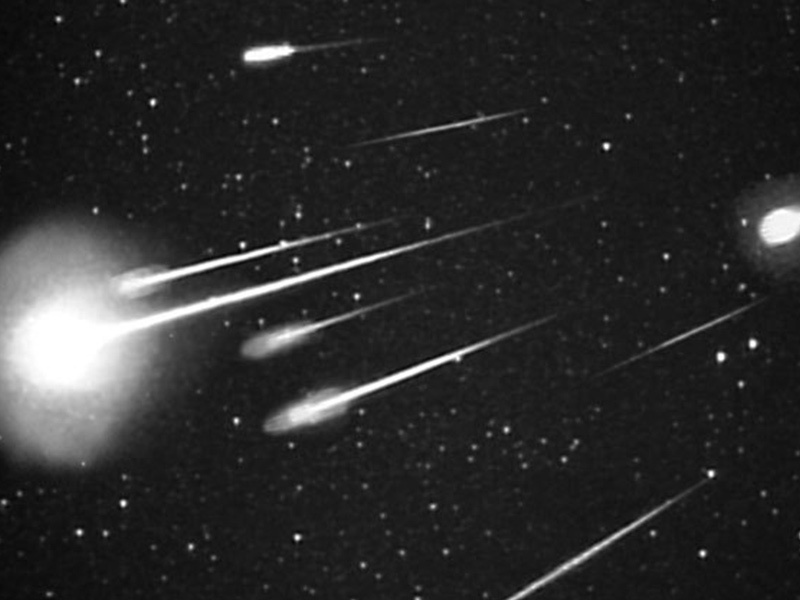
- First Noticed: 902 A.D
- Who Discovered It: Chinese Astronomers
- Last Occurrence: 2018
The Leonid meteor shower is a prolific meteor shower that was caused by the comet Tempel-Tuttle. The Leonid meteor shower gets its name from the location of its radiant in the Leo constellation.
These meteors appear to originate from that part of the sky and can be seen at the same time every year, which is around November 17th.
This Leonid meteor shower occurs once every year and is estimated to spread roughly 12–13 tonnes of particles across the surface of the Earth.
They were first referred to in written records in the year 902 A.D. and were frequently accompanied by storms.
The investigation of the Leonid shower, which was previously assumed to be an atmospheric phenomenon, has provided the scientific community with additional insights into the investigation of meteors.
After the storm had passed, it was estimated that more than 240,000 meteors had occurred during the nine hours that it had been occurring over the east coast of North America.
The occurrence that took place in 1833 was particularly impressive because it is estimated that more than 100,000 meteors occurred every hour during the storm.
10. Planetary Alignment of The Moon, Mars, Mercury, Venus, Jupiter, and Saturn
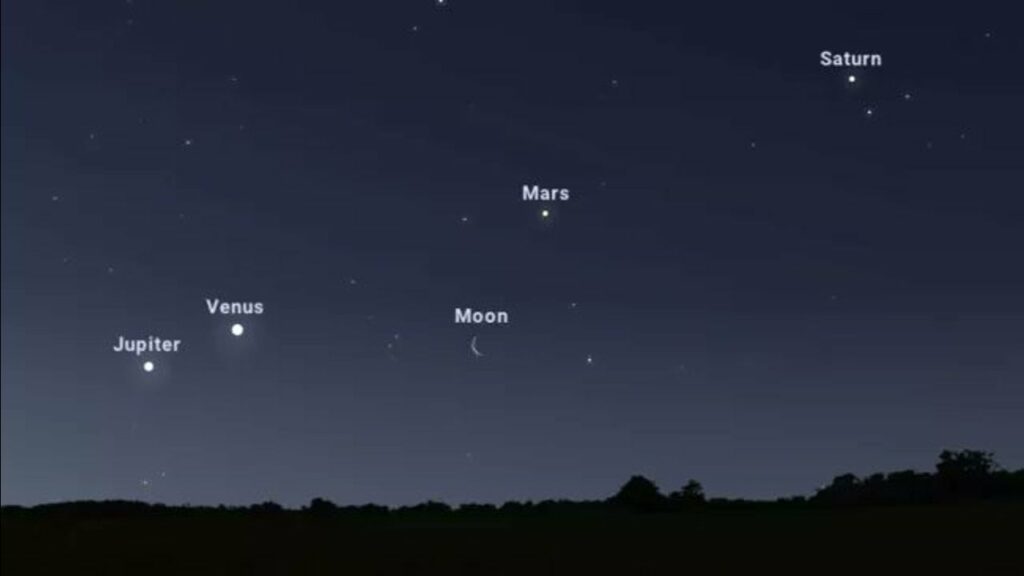
- First Noticed: Observed since Ancient times
- Who Discovered It: Unknown
- Last Occurrence: 2000
You won’t have the opportunity to see the beneficent alignment of six planets—the Moon, Mars, Mercury, Venus, Jupiter, and Saturn—until the year 2040.
Until then, you’ll have to be patient. Believers in various forms of religion and spirituality ascribe mystical importance to this occurrence, which does not take place very often; the last time it did so was in the year 2000.
It is believed that a triangle alignment of Jupiter, Mercury, and Venus takes place once every four years; this alignment took place in 2011.
It is essential to keep in mind that the actual arrangement of the planets does not correspond to how it is portrayed in the movies.
As a result of their tendency to travel in distinct orbits in three-dimensional space, the planets do not orbit completely on the same plane as one another.
When astronomers talk about planetary alignment, they are referring to the phenomenon in which many of the planets are located in the same general region in space at the same time.
This phenomenon typically involves two or three planets at a time. A massive planetary alignment is the rarest astrological event, or at least one of them, because it requires far more than just two or three planets to be in perfect alignment with each other.
So there you have it; however, there is a great deal of other amazing occurrences that take place in space, many of which have been documented ever since ancient times.
Stargazing is an enjoyable sport, so if you ever find yourself lost in space, think of yourself as being among the great astronomers of the past who opened the way for science to educate us all about our amazing universe. Consider yourself to be among their ranks.
10 Rarest Astronomical Events – Newshub360.net
Related Post
Credit: www.Newshub360.net
